Part 1:
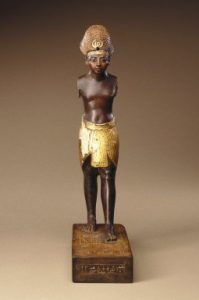
The Amunhotep III statuette is located on the 3rd floor of the Brooklyn Museum standing at almost 11 inches tall. The full figure is covered in gold and black, the headwear and bottom garment are golden and the torso as well as the legs being completely black. The figure is missing arms, probably due to the passage of time, and it is standing on an inscribed wooden base. The position of the figure is a stride, with his left leg moving forward and his right leg following behind. The mediums of the statuette are wood, gold leaf, glass, and pigment. The body, head and base were made of different types of wood. The eyebrows and eyes were made from different types of glass.
The subject of the piece is a pharaoh from the New Kingdom of Egypt: Amunhotep III. He is one of the first pharaohs to depict himself in a more realistic manner. The statuette’s stomach isn’t flat, denoting lack of perfect fitness. His jowls sag slightly, denoting age.
Amunhotep III was the son of Thutmose and his minor wife, Mutemwiya. During Amunhotep’s reign, Egypt had reached its peak in terms of art production, influence and international power. Meaning that this depiction of the pharaoh was also a representation of Egypt at one of its most artistic and powerful times. It is interesting that this is the time when the pharaoh chose to be represented in a more realistic manner, perhaps due to the outside influences that come with being an international power.
Part 2:
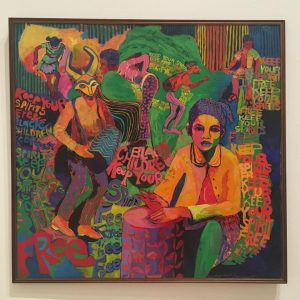
In the Soul of A Nation exhibit, there was a lot that spoke to me due to the fact that not only were there so many beautiful artworks, but because I felt like I was being addressed specifically. Black artwork in an American setting has always felt like it was a revolution in itself, not always a rebellion, but a constant growth and undefinable spirit of a people that keep evolving, which is why I think the exhibit is perfectly titled.
The piece that I chose is “Black Children Keep Your Spirits Free” by Carolyn Lawrence. The piece was made through acrylic on canvas and is around 48in x 50in x 5in. It was completed in 1972. The 1970s were an important time for Black America because it was the post-Civil Rights Era. Black heroes had just paved the way for every American citizen to be truly granted equal rights and liberties and because of this, black citizens were making great strides in society. The phrase “keep your spirits free” is probably a nod to this revolution, and a reminder to never lose the freedom that they had achieved.
The artwork is filled with a wide array of colors. Orange, yellow, green, red, blue, purple, and pink make up the painting. The colors blend into one another, different shades of the same colors are touching each other. In the forefront is a kid making a beat with their hands. Even though this child is on the right, they are the first thing someone in the audience will see because how large they are drawn, showing they are the closest to us. Other characters include a kid biking, and a man in a mask playing an instrument. The words “keep your spirit free” repeat endlessly in different colors all over the artwork. This is written in different fonts as well, perhaps representing a chant said by many different people.
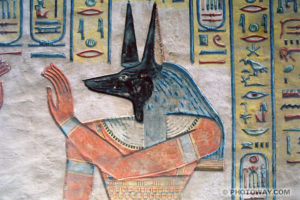
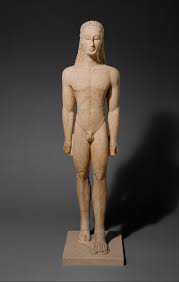






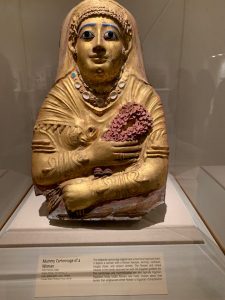
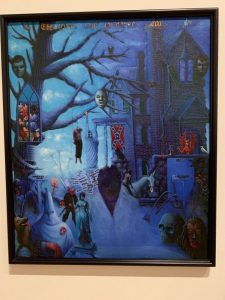 head floating on the tree, and the broken stained glass on the tree. This is such a powerful piece because it shows the artist trying to put in all the troubles that the African Americans suffered through. The brightest part of this whole painting is the white clouds that looks like it’s on the horizon with the crosses out of the clouds, but right in front of it is the protest for freedom and a crucifixion on fire. This is one of Motley’s last piece after finishing within the span of 10 years, and I would say this a great last piece of his to portray the Black social life.
head floating on the tree, and the broken stained glass on the tree. This is such a powerful piece because it shows the artist trying to put in all the troubles that the African Americans suffered through. The brightest part of this whole painting is the white clouds that looks like it’s on the horizon with the crosses out of the clouds, but right in front of it is the protest for freedom and a crucifixion on fire. This is one of Motley’s last piece after finishing within the span of 10 years, and I would say this a great last piece of his to portray the Black social life.

